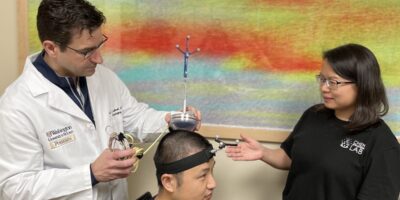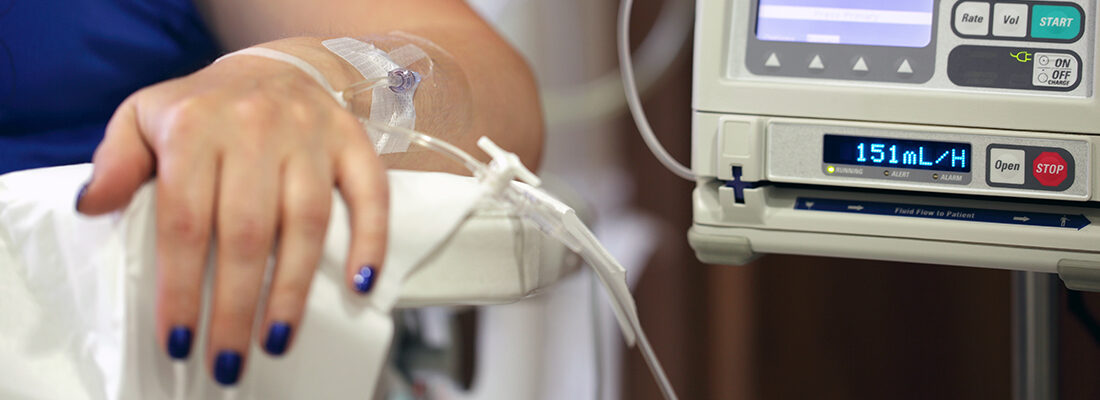Translational Science Benefits
Clinical & medical benefits (Procedures & guidelines)
Definition
Methods and techniques that pertain to interventions, treatment, or prevention of diseases, disorders, or conditions. Therapeutic procedures are performed to improve a diagnosed health concern. They encompass a variety of procedures, ranging from the administration of prescription drugs to surgical procedures to psychotherapy.
Rationale
Therapeutic procedures that improve efficiency and/or efficacy can improve the quality of health care, and reduce long-term costs.
Guidance
Advice from authors on searching for information:
Access to self-reported researcher or administrative/in-house data may be required to locate documentation on the development and implementation of therapeutic procedures.
Resources & Data
Organizations, repositories, websites, and other sources where you can find more information:
Local
- Self-reported data from researchers.
General
- CPT® Codes. Current Procedural Terminology (CPT®) codes describe medical procedures and professional services in ambulatory/outpatient settings. These codes were developed and are maintained by the American Medical Association (AMA). Category III CPT® codes are provisional codes for new and developing technology and services and can provide evidence of investigative procedures. The AMA allows up to 5 free searches a day but does require the creation of a free account. Paid access to CPT® codes is also available from the AMA.
- ICD-10 Codes. ICD-10 codes define diseases, disorders, injuries and related health conditions. The World Health Organization owns and publishes the International Statistical Classification of Diseases and Related Health Problems, 10th revision (ICD-10). The WHO provides a lookup of ICD-10 codes. In the US, the National Center for Health Statistics (NCHS) and the Centers for Medicare & Medicaid Services (CMS) Center are responsible for the maintenance of ICD-10 and coordinate the process for new codes or code modifications. The Centers for Medicare & Medicaid Services (CMS) provides an ICD-10 Code Lookup that can be searched by code or keyword.
- Level II HCPCS Codes. These codes are used by healthcare providers to report supplies, procedures and services not described by the American Medical Association’s CPT codes. The Centers for Medicare & Medicaid Services maintains Level II HCPCS codes and they are available for free download.
- PubMed/MEDLINE. PubMed provides free access to MEDLINE, the NLM database of indexed citations and abstracts to medical, nursing, dental, veterinary, health care, and preclinical sciences journal articles. See PubMed Help for guidance.
Data Limitations
Challenges you may encounter while searching for information:
Therapeutic procedures differ depending on field and/or topic, which can make general resources and recommended strategies difficult to find, while information on specific procedures is more readily available.
Publications
Articles, books, and other publications in translational science using the indicator:
- Généreux P, Stone GW, O’Gara PT, et al. Natural history, diagnostic approaches, and therapeutic strategies for patients with asymptomatic severe aortic stenosis. J Am Coll Cardiol. 2016 May 17;67(19):2263-2288. doi: 10.1016/j.jacc.2016.02.057.
- Murrough JW, Iacoviello B, Neumeister A, et al. Cognitive dysfunction in depression: neurocircuitry and new therapeutic strategies. Neurobiol Learn Mem. 2011 Nov;96(4):553-63. doi: 10.1016/j.nlm.2011.06.006.
- Taghavi K, Beasley S. The ex utero intrapartum treatment (EXIT) procedure: application of a new therapeutic paradigm. J Paediatr Child Health. 2013 Sep;49(9):E420-7. doi: 10.1111/jpc.12223.
Case Studies

Detecting Brain Cancer Without a Knife
Facilitating brain cancer diagnosis with an innovative and portable ultrasound device
Clinical & medical benefits
Community & public health benefits
Economic benefits

Psychiatric Measurement-Based Care (MBC) in Safety Net Clinical Settings: Implications for Health Equity
Health equity implications for measurement-based care (MBC) for mental health in diverse settings
Clinical & medical benefits
Community & public health benefits
Policy & legislative benefits

Providing Practice Experiences for School Reintegration (PrESR) to Youth Hospitalized for Suicide-Related Crises
Presenting a new therapy to aid youths hospitalized for suicide attempts transition back into school
Clinical & medical benefits
Community & public health benefits

